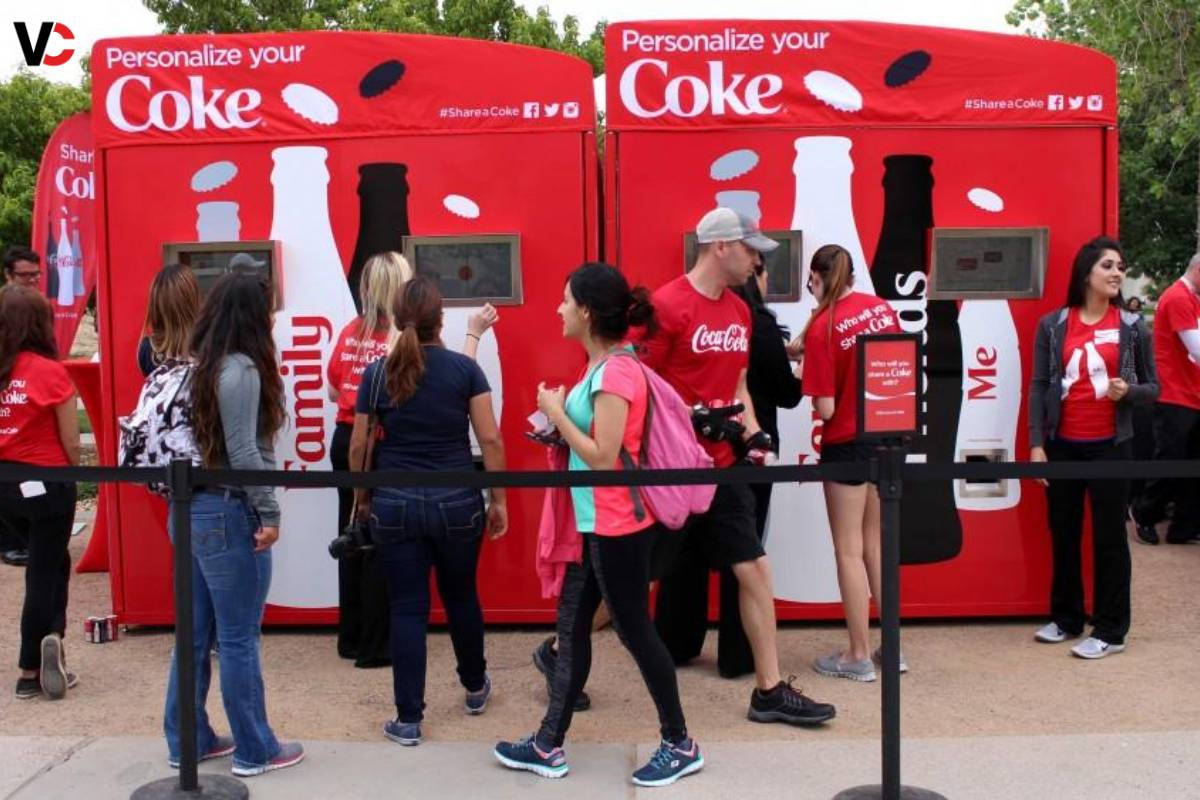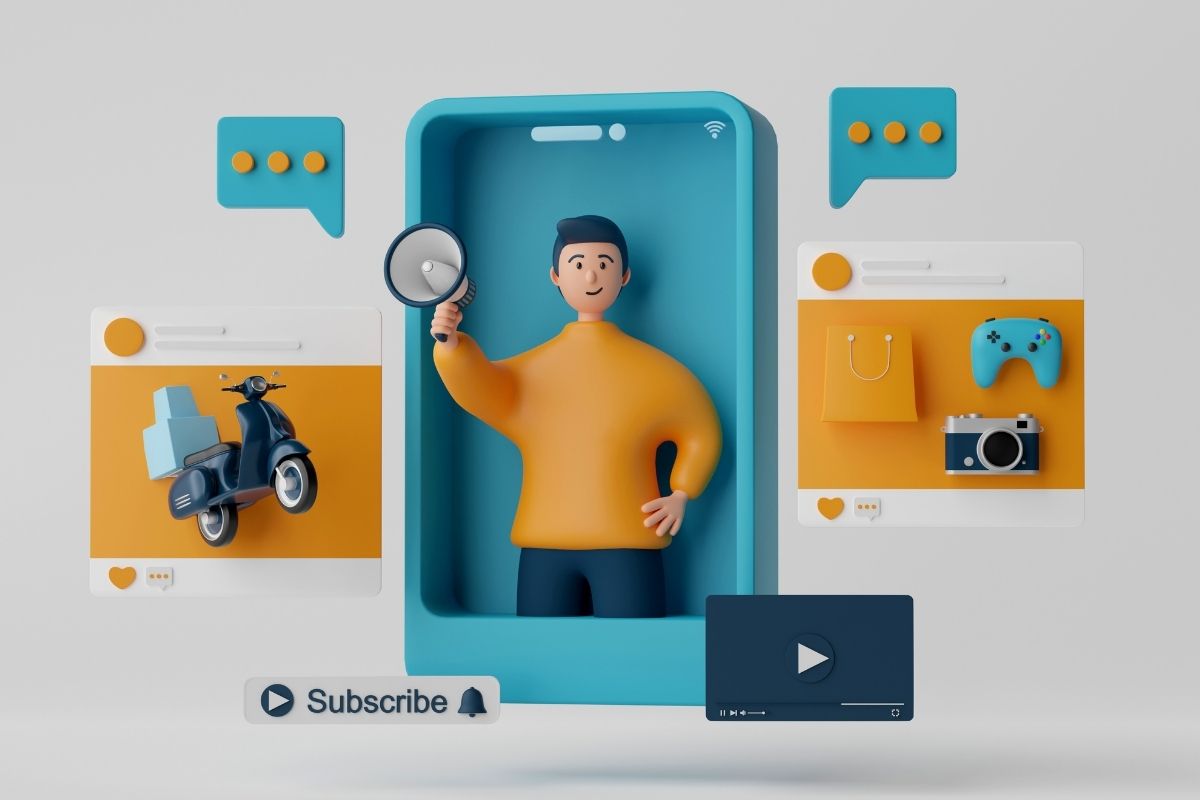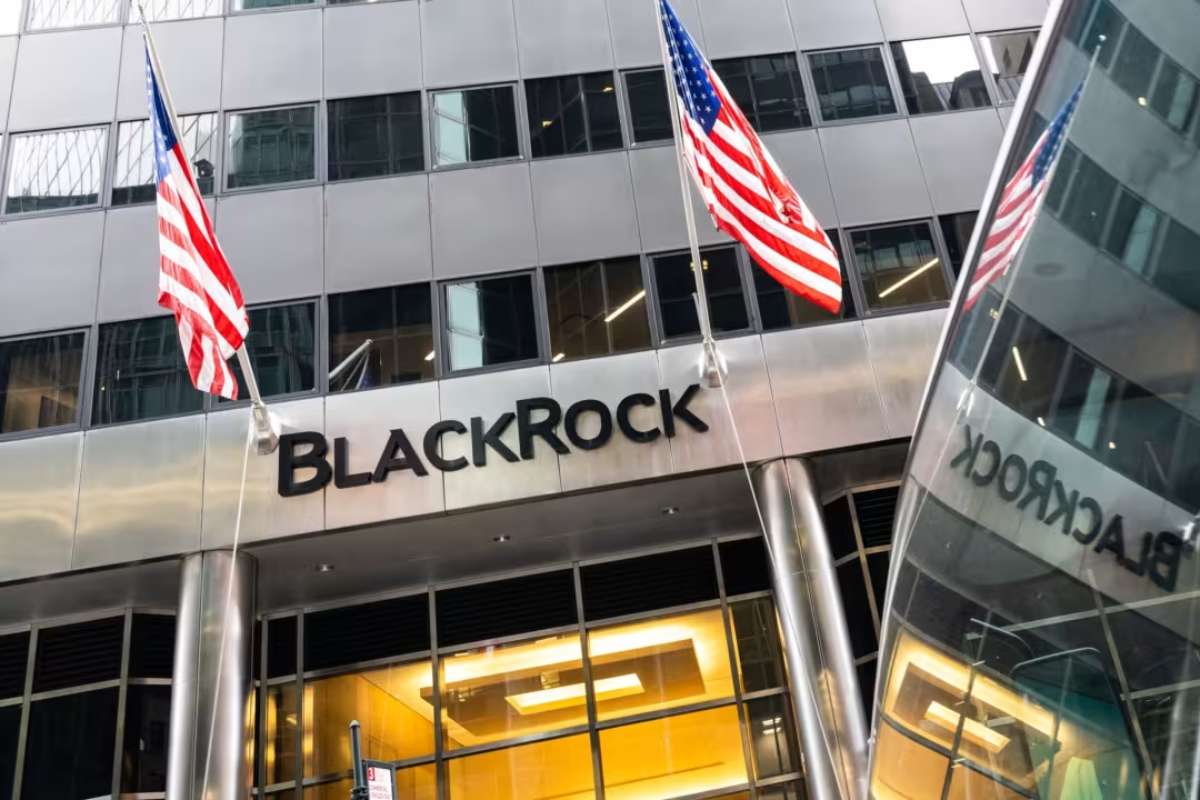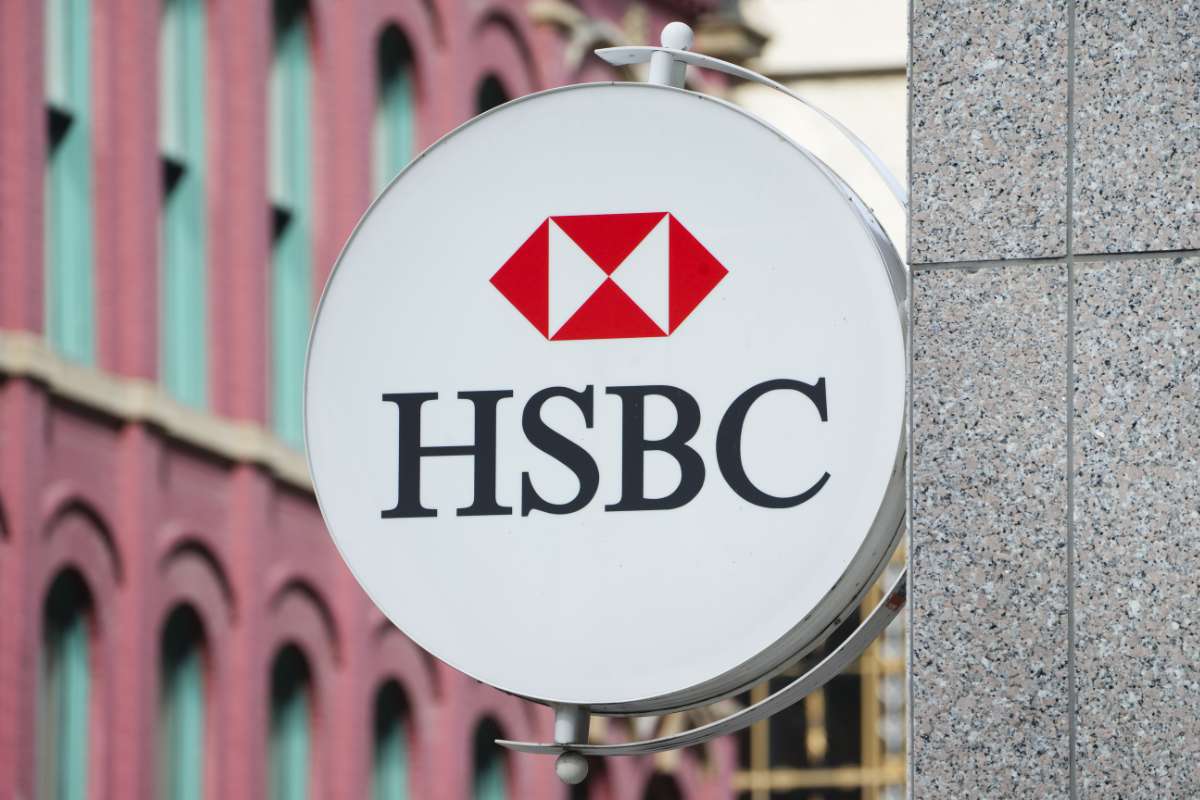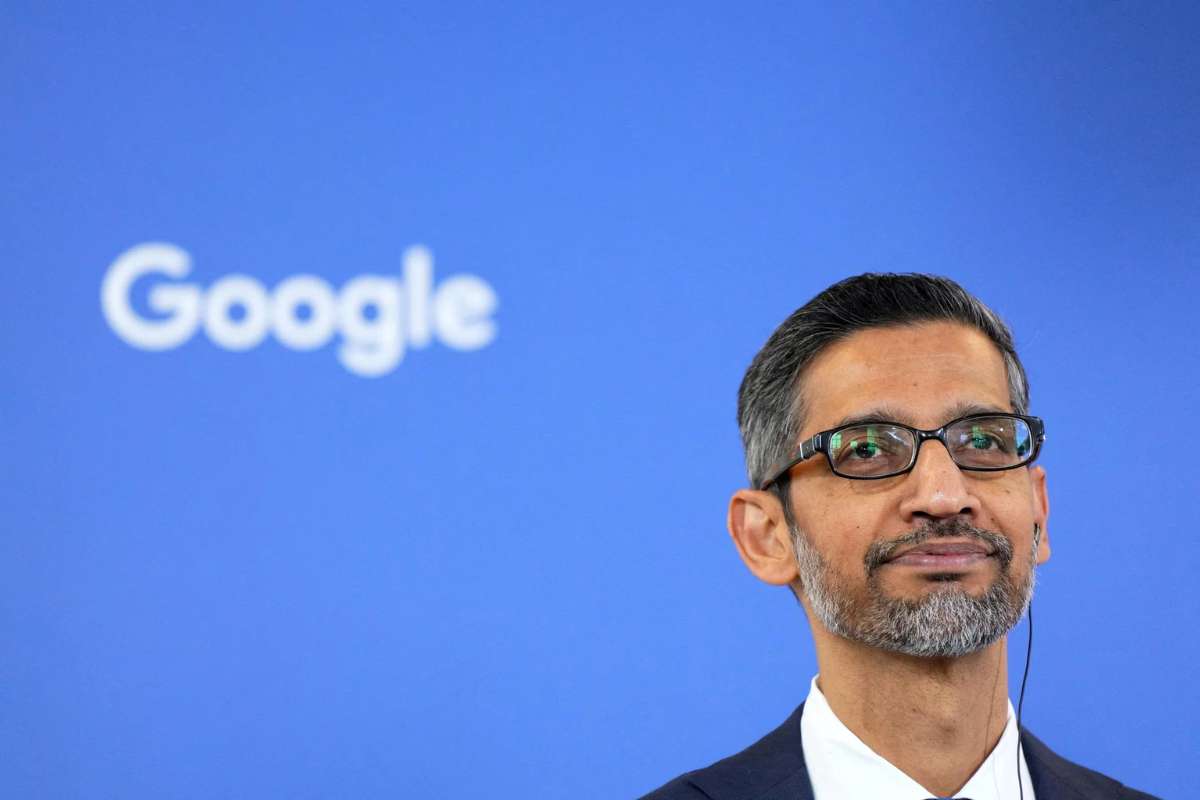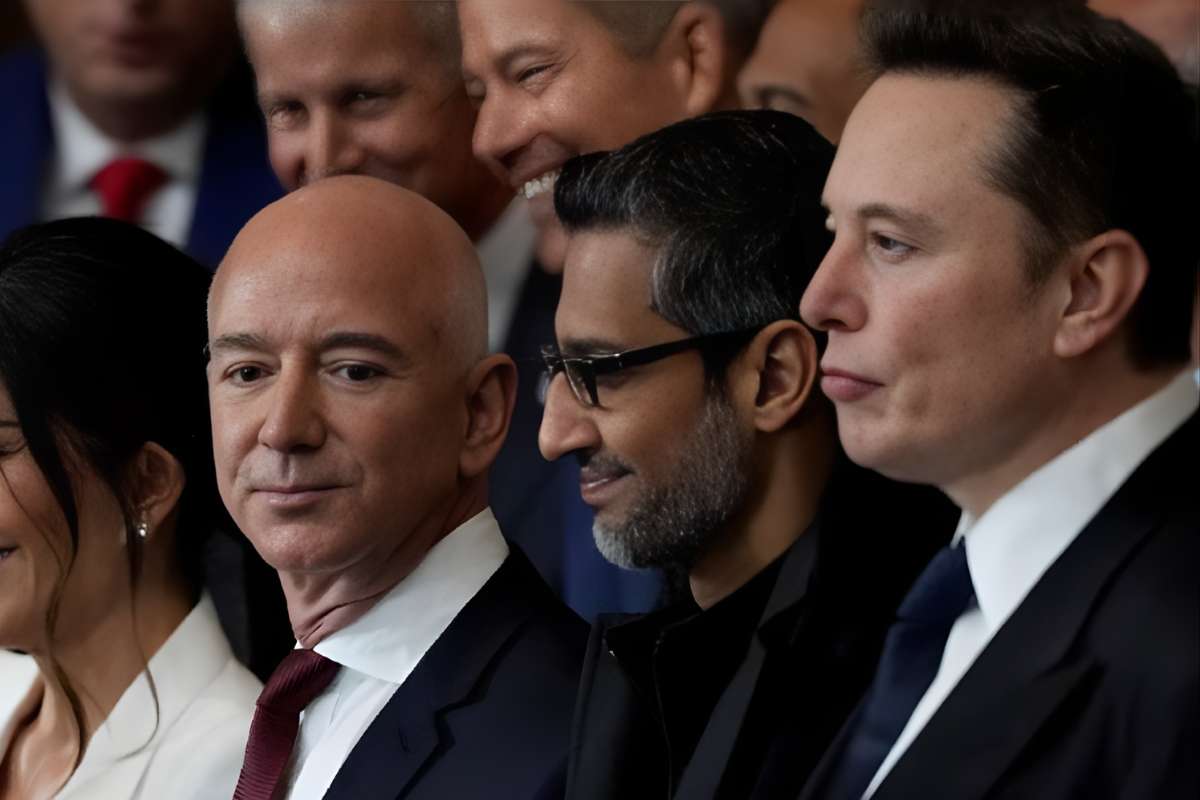In the fast-paced world of marketing, standing out from the crowd is crucial for brands looking to make an impact. Traditional advertising methods like TV commercials and print ads are losing their effectiveness in a world saturated with content. This is where experiential marketing comes into play. In this comprehensive guide, we’ll explore what experiential marketing is, why it matters, and how you can leverage it to create memorable brand experiences that resonate with your audience.
What is Experiential Marketing?
Experiential marketing, also known as engagement marketing or event marketing, is a strategy that engages consumers using immersive experiences. Rather than passively consuming advertising messages, consumers actively participate in branded experiences that leave a lasting impression. These experiences can take many forms, including live events, pop-up activations, interactive displays, and immersive installations.
Why Experiential Marketing Matters
In today’s digitally-driven world, consumers are craving authentic connections with brands. Experiential marketing allows brands to forge these connections by creating meaningful experiences that resonate on a personal level. By immersing consumers in memorable experiences, brands can foster loyalty, drive brand awareness, and ultimately, increase sales.
The Power of Experiential Marketing
Experiential marketing offers several distinct advantages over traditional advertising methods. Firstly, it creates a tangible connection between consumers and brands, fostering a sense of emotional engagement and brand loyalty. When consumers participate in memorable experiences, they are more likely to develop a positive association with the brand and become loyal advocates.
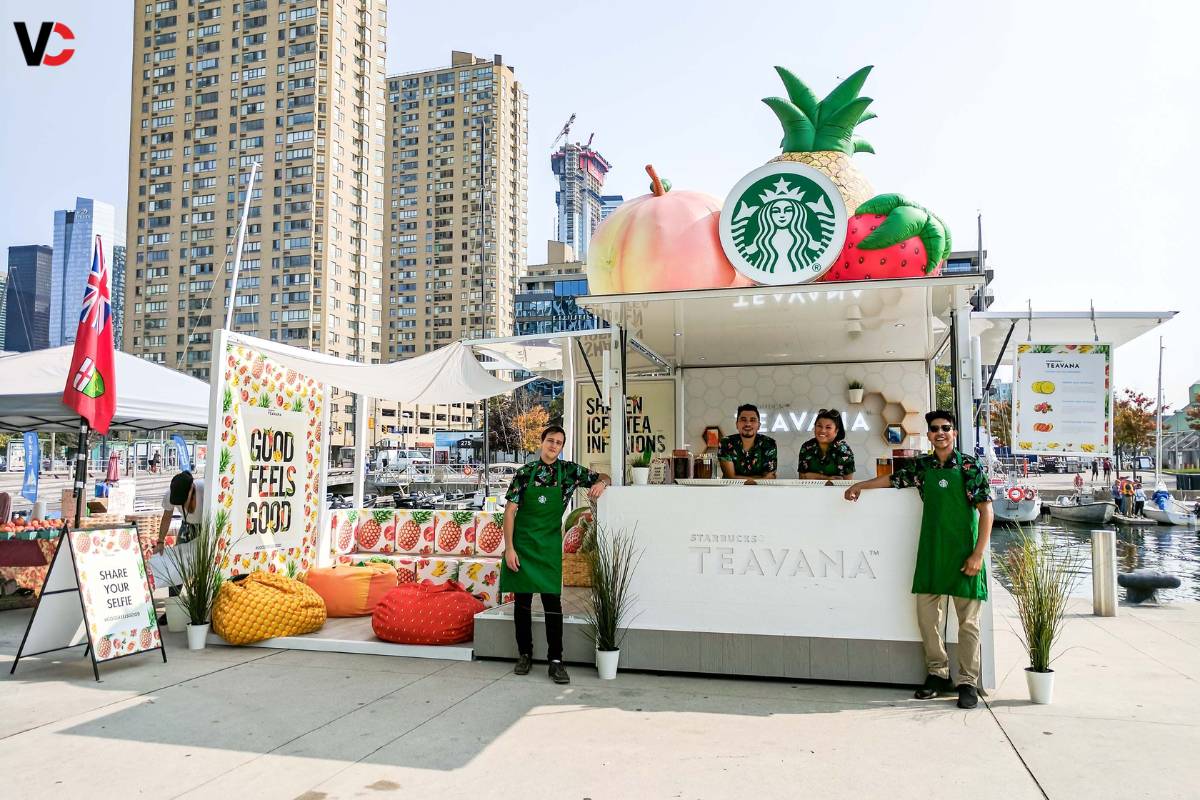
Secondly, experiential marketing provides opportunities for brands to showcase their products or services in a real-world context. Rather than relying on flashy ads or promotional messages, brands can allow consumers to interact with their offerings firsthand, leading to a deeper understanding and appreciation of what they have to offer.
Key Elements of Successful Experiential Marketing Campaigns
While experiential marketing holds immense potential, executing successful campaigns requires careful planning and execution. Here are some key elements to consider:
1. Clear Objectives
Before launching a campaign, define clear objectives and KPIs. Whether it’s driving brand awareness, generating leads, or increasing sales, having specific goals will guide your strategy and measurement efforts.
2. Understanding Your Audience
Tailor your experiential marketing efforts to resonate with your target audience. Conduct research to understand their preferences, interests, and pain points, and design experiences that speak directly to them.
3. Creativity and Innovation
Stand out from the crowd by embracing creativity and innovation. Think outside the box to create unique and memorable experiences that capture the imagination of your audience.
4. Seamless Integration with Overall Marketing Strategy
Ensure that your experiential marketing efforts are seamlessly integrated with your overall marketing strategy. Consistency in messaging and branding across all channels will reinforce your brand identity and maximize impact.
5. Measurement and Analytics
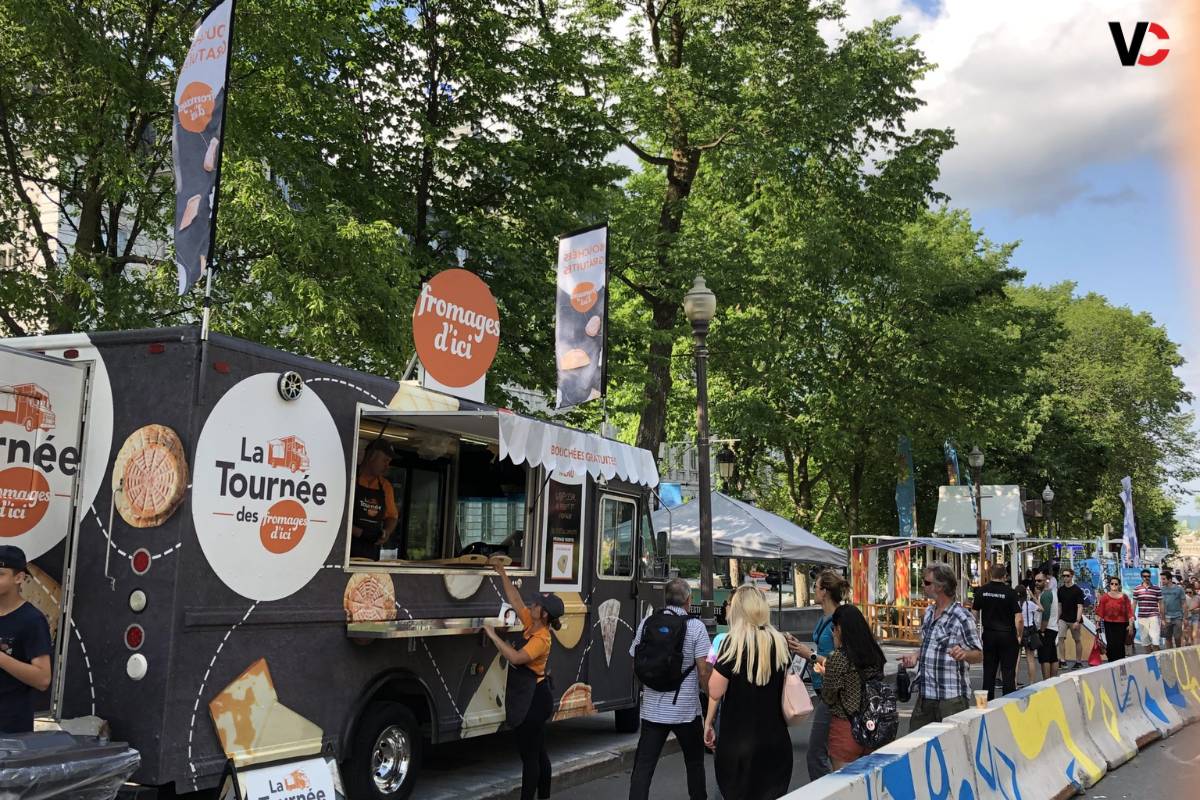
Track the success of your experiential marketing campaigns using relevant metrics and analytics tools. Monitor key indicators such as foot traffic, engagement levels, social media mentions, and sales lift to evaluate performance and optimize future efforts.
6. Authenticity and Relevance
Ensure that your experiential marketing efforts are authentic and relevant to your brand and audience. Consumers can quickly spot inauthentic experiences, so strive to create genuine connections that resonate with their values and interests.
7. Interactive Technology Integration
Incorporate interactive technology such as augmented reality (AR) or virtual reality (VR) to enhance the immersive nature of your experiences. Leveraging cutting-edge technology can captivate audiences and create memorable moments that leave a lasting impression.
Examples of Successful Experiential Marketing Campaigns
1. Nike: Nike Air Max Day
Nike celebrated the anniversary of its iconic Air Max sneaker with a series of immersive experiences around the world. From pop-up shops to interactive installations, Nike engaged consumers in the history and innovation behind the Air Max brand, driving excitement and brand affinity.
2. Red Bull: Stratos
Red Bull’s Stratos project took experiential marketing to new heights—literally. In 2012, Austrian skydiver Felix Baumgartner jumped from the edge of space, breaking the sound barrier in free fall. The event captivated audiences worldwide, showcasing Red Bull’s commitment to pushing the limits of human potential.
3. Coca-Cola: Share a Coke
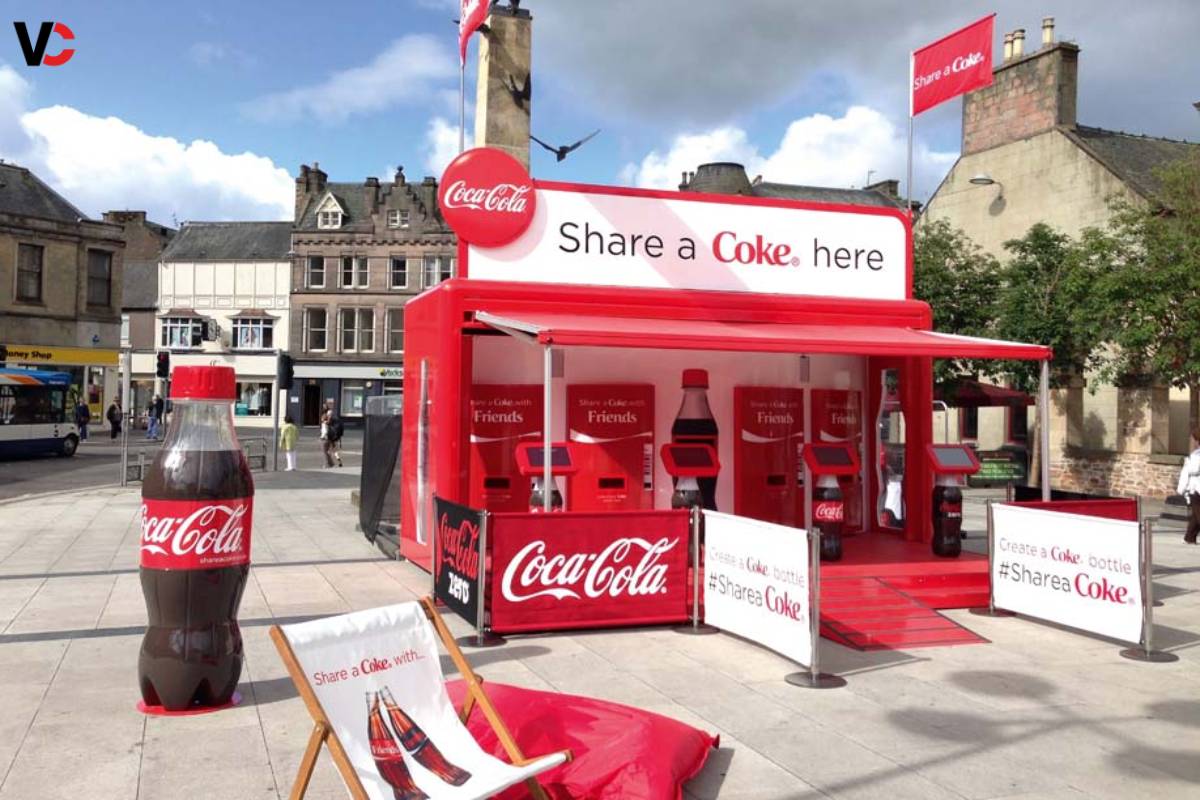
Coca-Cola’s “Share a Coke” campaign personalized the brand experience by replacing its logo with popular names and phrases on its iconic soda cans. By encouraging consumers to find and share their personalized cans, Coca-Cola created a sense of excitement and social engagement, driving sales and brand loyalty.
4. IKEA: The IKEA Sleepover
IKEA Australia launched an innovative experiential marketing campaign where customers could win a night’s stay in one of their stores. Winners were treated to a sleepover experience complete with a personal chef, massages, and bedtime stories. This campaign not only generated buzz but also allowed customers to experience the comfort and functionality of IKEA products in a unique way.
5. Heineken: Heineken City Edition
Heineken’s City Edition campaign transformed city streets into immersive brand experiences. By partnering with local artists and designers, Heineken created interactive installations and pop-up events that celebrated the unique culture and spirit of each city. This approach not only engaged consumers but also showcased Heineken’s commitment to local communities and creativity.
Conclusion
Experiential marketing offers brands a powerful tool for creating memorable brand experiences that resonate with consumers. By immersing audiences in immersive experiences, brands can foster emotional connections, drive brand awareness, and ultimately, increase customer loyalty and sales. By incorporating experiential marketing into your overall marketing strategy and embracing creativity and innovation, you can unlock the full potential of this transformative approach to marketing. So, are you ready to take your brand to the next level with experiential marketing?

